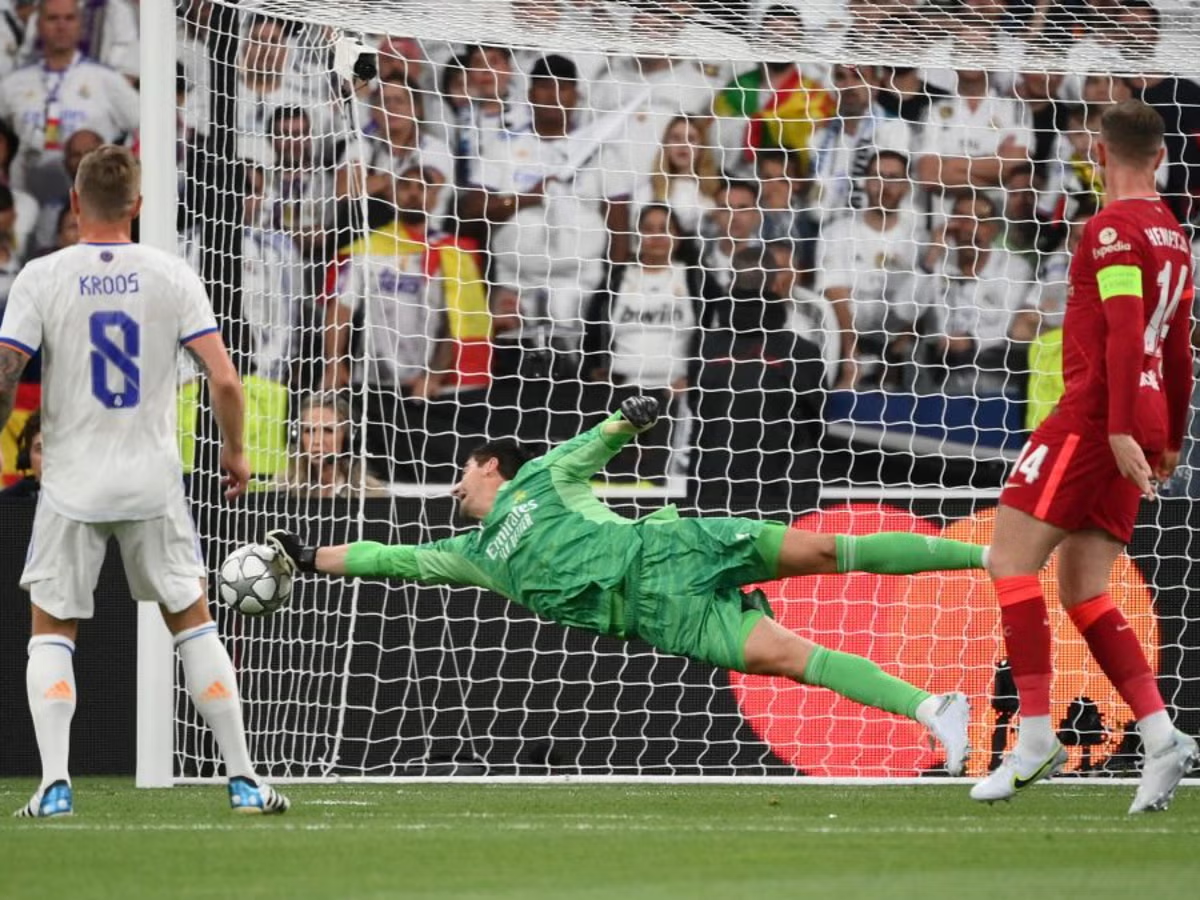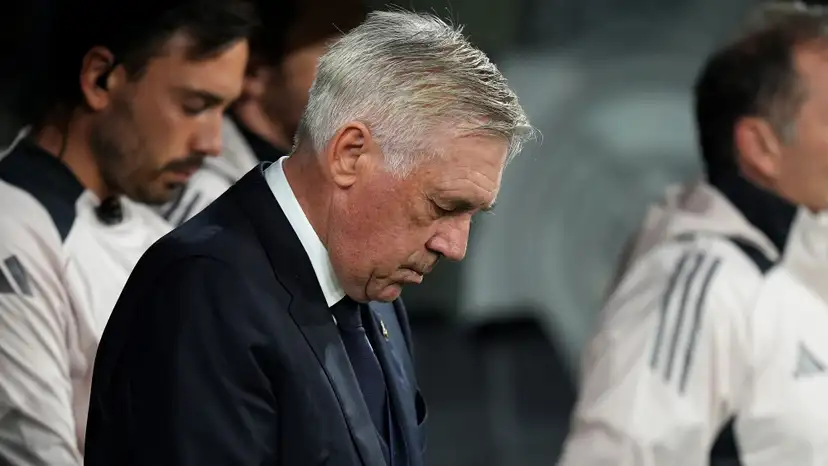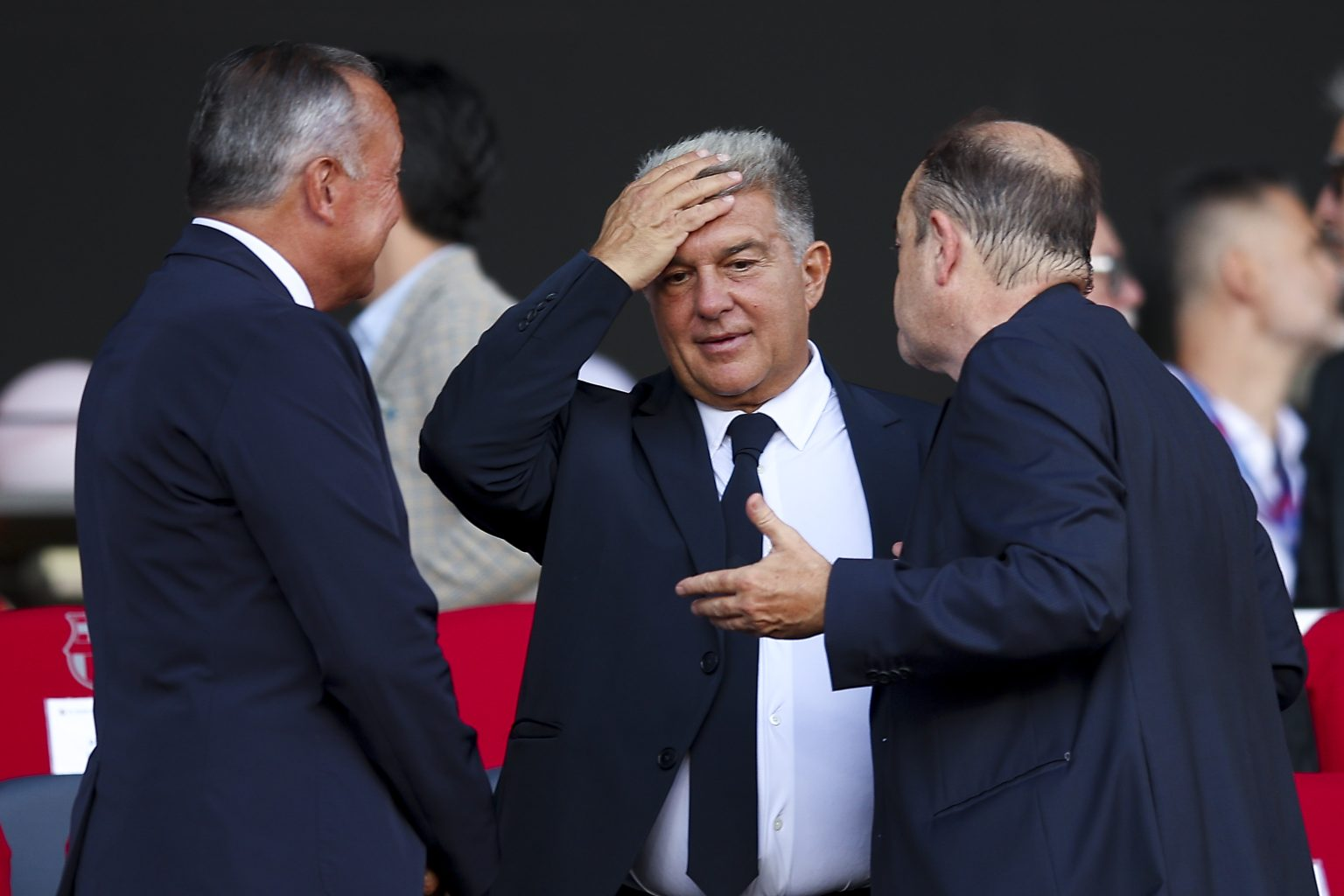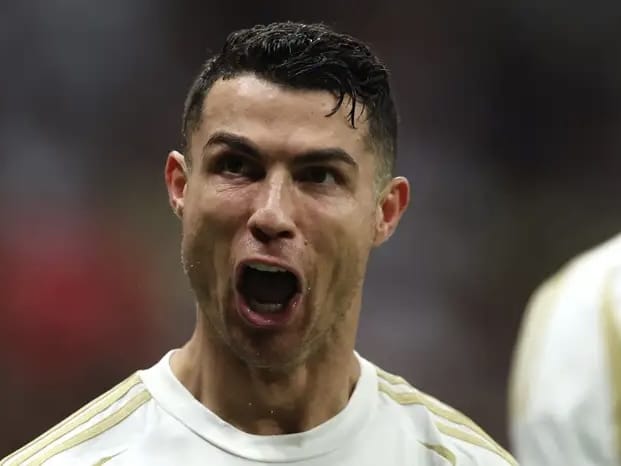How One Great Goalkeeper Can Redefine a Team
Goalkeeper Heroics

In Barcelona’s 2022/23 campaign, Marc-André ter Stegen was more than just a goalkeeper, he was the backbone of a title-winning system. Across the season, he kept 26 clean sheets in La Liga and was named the La Liga Player of the Season, a rare honour for someone between the posts. What made that year remarkable wasn’t simply the saves, but how his presence transformed the entire team. Barcelona didn’t just defend better; they defended differently.
Whenever opponents broke through the first press, there was no panic. Ter Stegen’s calmness on the ball, his timing off the line, and his precision in distribution gave the back four total confidence. The team could afford to play high, compress space, and maintain possession deeper into their own half because they trusted the man behind them but they also tended to come under attack a lot, needing Ter Stegen to pull off remarkable saves often.
That is the modern goalkeeper’s true value. Their importance is not only measured by reflexes or highlight saves but by the systemic control they provide. They dictate how high a team can play, how compact it can remain, and how composed it feels under pressure. The goalkeeper, in essence, is the quiet foundation of the structure, the one who decides how brave a team dares to be especially in build-up.
Modern defending begins with the goalkeeper. The rise of the Sweeper-Keeper has redefined the role entirely. Players like Manuel Neuer introduced it and goalkeepers such as Ter Stegen, Ederson and Alisson Becker have carried it on. By stepping forward and reading danger early, they compress the pitch and allow the back line to hold an aggressive shape. The result is simple, fewer dangerous zones for opponents, and more control for their own team.
Yet, it’s not only about rushing off the line. The goalkeeper acts as the defensive commander, managing positioning, organizing set-piece marking, and keeping constant communication. Their leadership is mostly unseen, but it is essential. One clear instruction before a corner can prevent confusion, one loud call can avert a defensive collapse.
A great goalkeeper also enables tactical risk. Courtois gives Madrid license to commit midfielders forward, knowing recovery is still possible. That trust allows teams to attack with freedom, turning reliability in goal into a strategic advantage. Communication completes the picture. Goalkeepers have the full view of the pitch, and their voice becomes the anchor when the game turns chaotic. The defence reacts to their tone, pace, and confidence. The best keepers Courtois, Neuer, Cech, Buffon, Casillas organize more with their mouths than their hands. In short, a team’s defensive shape, pressing height, and sense of control all flow from how secure it feels behind. And that security, at the highest level, begins with one player.
For teams that value possession and build from the back, the goalkeeper is now the unofficial first midfielder. Every attack begins with them. Their pass selection, timing, and composure decide whether a team breaks through pressure or collapses under it. The ability to play short, remain calm under a press, and distribute with precision is increasingly no longer a luxury, it is a requirement.
In these systems, the goalkeeper acts as the deepest playmaker. They recycle possession, reset the rhythm, and draw opponents forward before exploiting the space behind. The ideal example is seen in goalkeepers like Ederson or Ter Stegen, both capable of striking a fifty-yard diagonal or slipping a disguised pass between the lines with equal ease. Their range of passing turns them into strategic outlets, helping their teams maintain control even against high-intensity pressing sides.
However, not every goalkeeper is asked to do this. Clubs that prefer defensive solidity, sides that sit deep and attack on the break, often rely on keepers whose strength lies in command and reflex, not distribution. For them, the goalkeeper’s role remains largely conservative: catching crosses, clearing long, and focusing on preventing chaos rather than starting build-ups. But for possession-heavy teams, the goalkeeper’s feet are as vital as their hands. The right pass at the right moment can bypass five opponents. One accurate long ball can shift the entire flow of a game. It’s why modern coaches spend as much time on their keeper’s passing drills as on their shot-stopping routines.
The influence of a great goalkeeper can also now be quantified. Modern analytics use Post-Shot Expected Goals (PSxG) to assess how likely a shot is to result in a goal once it’s struck. When a goalkeeper concedes fewer goals than expected, the difference, known as Goals Saved Above Average, reflects the points they win through saves alone. It’s a clear metric for measuring how much a single player’s consistency lifts an entire team.
But numbers only tell part of the story. The real difference appears in the moments that decide seasons. A top goalkeeper can transform a team’s destiny with a single performance, none perhaps more clearly than Thibaut Courtois in Real Madrid’s 2022 Champions League run. Across that campaign, he faced an extraordinary number of high-quality shots against Europe’s best attacks, PSG, Chelsea, Manchester City, and Liverpool and repeatedly came out on top.
The defining night came in the Champions League final against Liverpool, where Courtois produced one of the greatest individual performances ever seen in that stage. He made nine crucial saves, many from close range against Sadio Mane and Mohamed Salah, denying an opponent who had dominated all year. His control, positioning, and shot-stopping earned him the Man of the Match award, a rare feat for a goalkeeper on the biggest night in club football. Without those saves, Madrid’s 14th European title simply would not have happened.
Similar examples have echoed since, Emiliano Martínez’s decisive stop against France in the 2022 World Cup final, or Alisson Becker’s late-season saves that preserved Liverpool’s place in the Champions League spots in 20/21. In each case, one goalkeeper’s composure in seconds of chaos turned potential defeat into triumph.
These moments highlight what raw data confirms: elite goalkeepers directly change results. A single intervention can be worth as much as a striker’s goal. Over a season, those moments accumulate into league points, silverware, and legacies. The modern goalkeeper is no longer just a last line of defence but a key part of a team’s structure and success. From building play to saving points, they influence every phase of the game. Whether it’s Alisson guiding Liverpool’s possession or Courtois saving Madrid in a Champions League final, today’s keepers shape outcomes as much as any forward or midfielder. In the modern era, the goalkeeper is not simply protecting results, they are deciding them.








